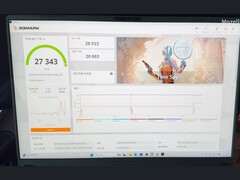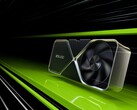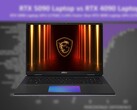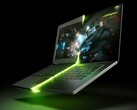A post on r/GamingLaptops is making waves after a user claimed their modded RTX 5090-powered laptop outperformed a desktop RTX 4080 in 3DMark TimeSpy. The user, Pristine_Wing5716, says they bypassed Nvidia’s default power limits by tweaking the motherboard’s shunt resistor, pushing the GPU to draw as much as 225 watts.
According to the original post, this mod was achieved by altering the resistance on the motherboard’s shunt resistor, thereby tricking the laptop into delivering substantially more power to the GPU than Nvidia’s stock power limit allows. The result? An RTX 5090 laptop GPU that not only stays stable under full load, but also delivers a higher graphics score than many desktop-class RTX 4080 systems.
Supposedly, the user has been running a shunt-modded RTX 4090 laptop for over a year without issues, maintaining plenty of thermal headroom at around 75°C. Another user in the thread, Slore0, shared a 26,600-point TimeSpy result from a similarly modded 4090 Laptop GPU running at 270W, cooled via custom water cooling.
While impressive, this kind of modification isn’t risk-free. Shunt mods bypass factory safeguards and can potentially damage the motherboard or shorten the lifespan of the GPU if cooling isn’t sufficient. It’s also important to note that these tweaks may void warranties and are not endorsed by GPU manufacturers or computer OEMs.
Still, the performance gains are hard to ignore. Users in the thread mentioned that laptops powered by RTX 4080 or 4090 mobile chips often underperform due to strict TGP (Total Graphics Power) limitations imposed by OEMs, frequently between 140W and 175W. Pushing past the 200W mark can bring these GPUs much closer to their full potential, as long as thermals are well-managed.
This story is also sparking conversations about Nvidia’s control over mobile GPU performance. One top comment reads, “If Nvidia could pull off 200W with the 2080 Super on Alienware laptops, surely it’s possible here too. But alas...”
Although this is far from a mainstream solution, it’s another example of how power users are finding ways to extract maximum performance from mobile hardware, sometimes even beating full-fledged desktop PCs in the process.













